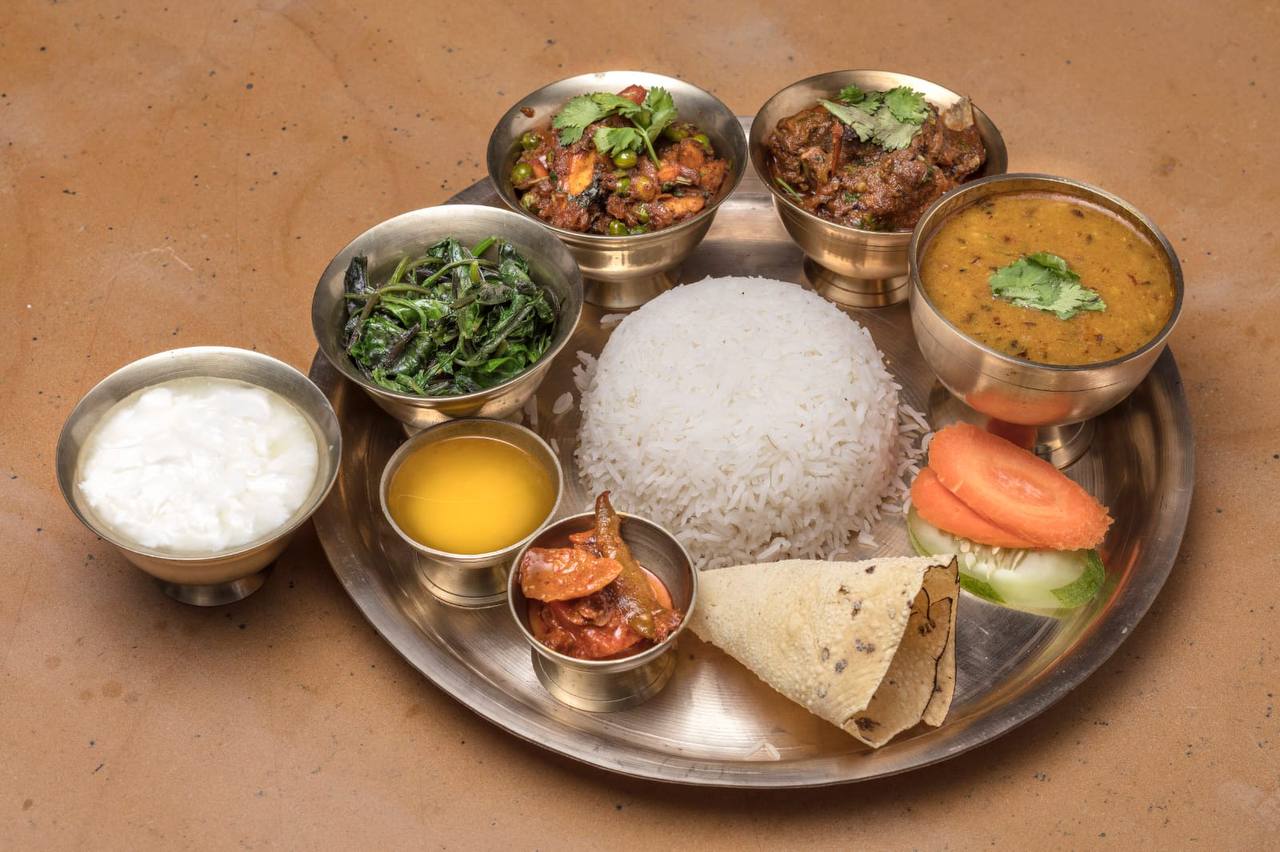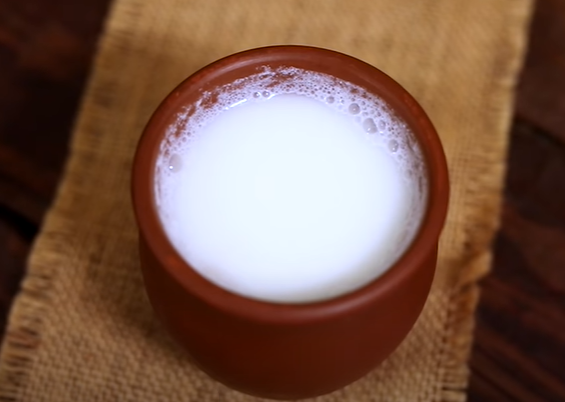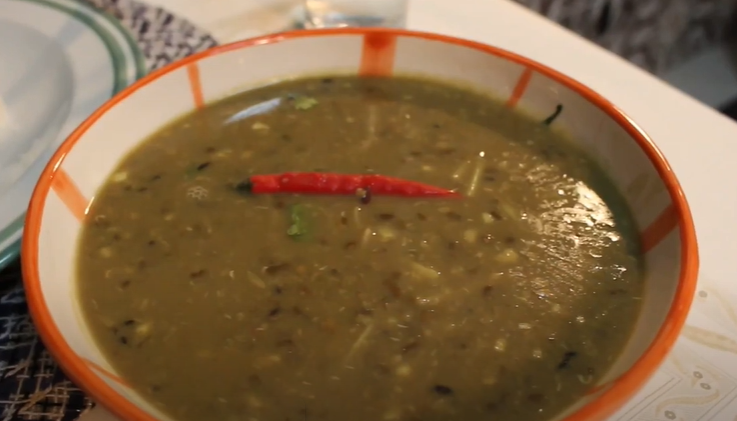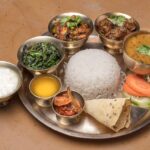The National Food of Nepal; Dal-Bhat
by Shop Editor on 22/06/2022


Dal-Bhat is a staple food for people living in Nepal. Despite being diverse in terms of topography, culture, and religion, there is one thing that all people living in Nepal love: Dal-Bhat (white rice served with lentil soup). Lentil soup is eaten by people all across the world, and it is a staple in the Middle East and Indian subcontinent. However, the combination of eating dal-bhat was invented in Nepal and has been passed on for generations, even reaching various parts of India and Bangladesh.
Nepali people believe that Dal-Bhat gives them power for twenty-four-hour. This poetic tone has become famous among international visitors as well. Nepalese people say that Dal-Bhat is the foremost thing in their daily life.
The combination of lentils with rice is a full meal that is rich in protein, carbohydrates, and other essential nutrients. Nepali people in the hilly areas often substitute rice with corn grits (also called atho or chyakhla), buckwheat/millet pudding (dhido), or flatbread made of wheat flour (rotis). Nepali people also eat fresh vegetables (tarkari) alongside dal-bhat. Some people also eat pickles (achar) with dal-bhat tarkari.

Various side dishes go along with dal-bhat such as salads (cucumber, radish, carrots), papadum commonly called papad and curd (Dahi), or buttermilk (Mohi). Some people eat rice with milk as well, and it can be mixed with banana, treacle (khudo), or honey. Dal and rice are eaten by most Nepali people at least once a day.


Dal or lentil soup is rich in protein and is oftentimes considered a meat substitute. Lentils are the superfood for vegans today. Historically, the royals of the Egyptian era loved these little tiny legumes; whereas, it was considered poor man’s food in ancient Greece. Evidence suggests lentils have been domesticated since 8000 BC, and these tiny legumes have been a source of protein for mankind for thousands of years. Simply, lentil soup has been loved by everyone as it is affordable and easily available.
Lentils are the second richest source of vegetable protein after soybean. They are rich in amino acids, vitamin B, magnesium, iron, and zinc. The soluble fibers in lentils also help lower cholesterol while keeping your gut in good health. Folate is also found in lentils and is good for women trying to conceive a baby.
There are many different types of lentils eaten in Nepal. Some of them are Musuro (red lentil), Rahar dal (red gram), Mas dal (black gram), and Moong dal (green gram). Some people also soak beans, peas, and grams and make a delicious soup called Kwati. Unlike beans, lentils do not need to be soaked before cooking and are easily available in the market in dried form.
Traditionally in Nepal, Dal used to be slow-cooked by boiling lentils with different spices such as turmeric, cumin, coriander, ginger, and others in brass pots called Kasaudi. However, with modern inventions, most people cook Dal in a pressure cooker which saves a lot of time.


Rice, when eaten with dal, gives you an ample amount of energy to keep you full for the whole day. Most Nepali people eat dal and rice with their right hand, unlike westerners who use spoons and forks.
Traditionally, rice eaten in Nepal was mostly brown as traditional rice mills (Dhiki) couldn’t remove the husk properly. However, with modernization, such mills are slowly disappearing, very few people grow paddy, and most people have started relying on packaged white rice for their staple diet.

Get the Latest
Subscribe Now
Sign up for Aja Dynasty emails to be the first to see inspiring content, news, new product announcements and exclusive offers.
Rewards




